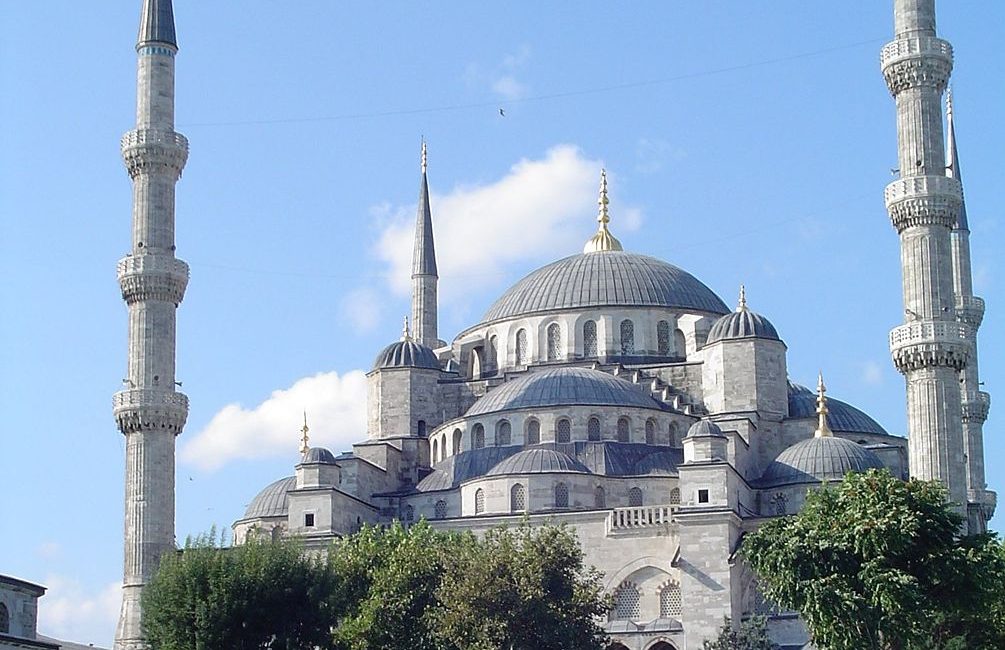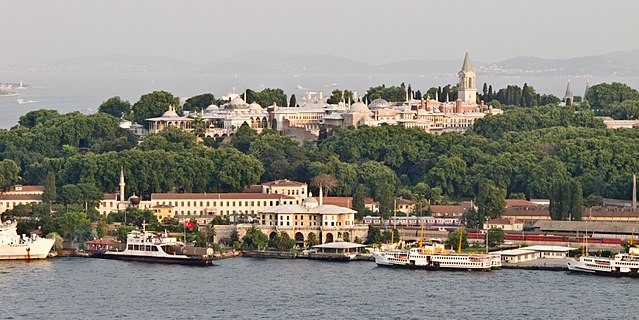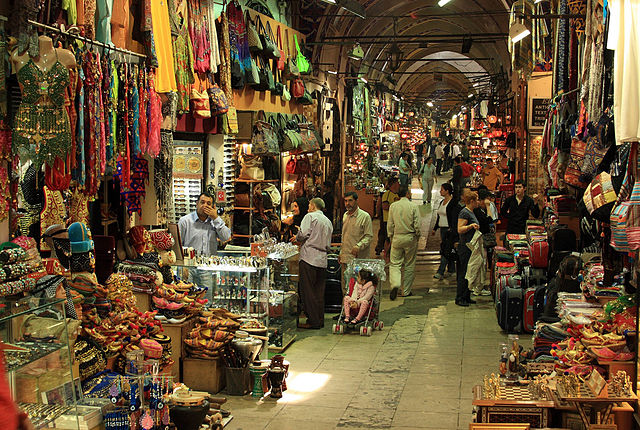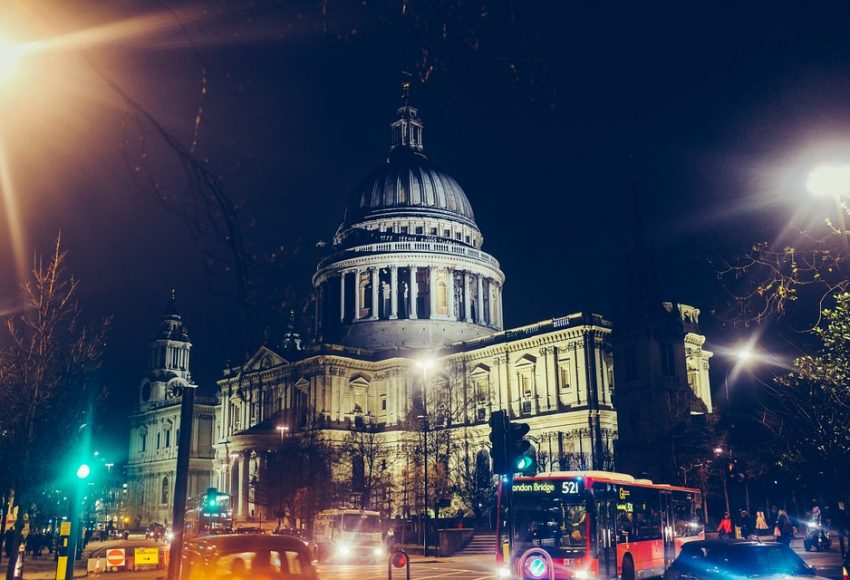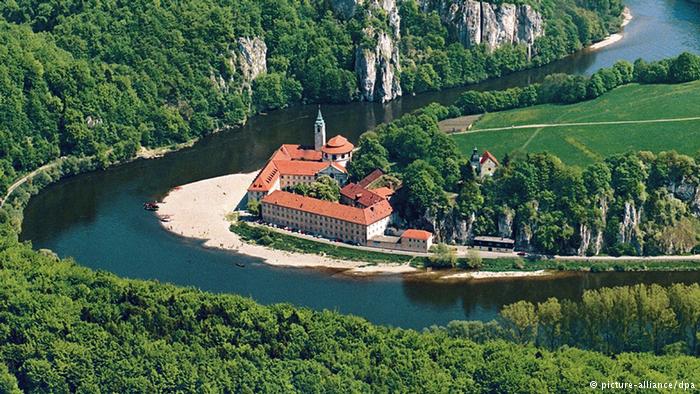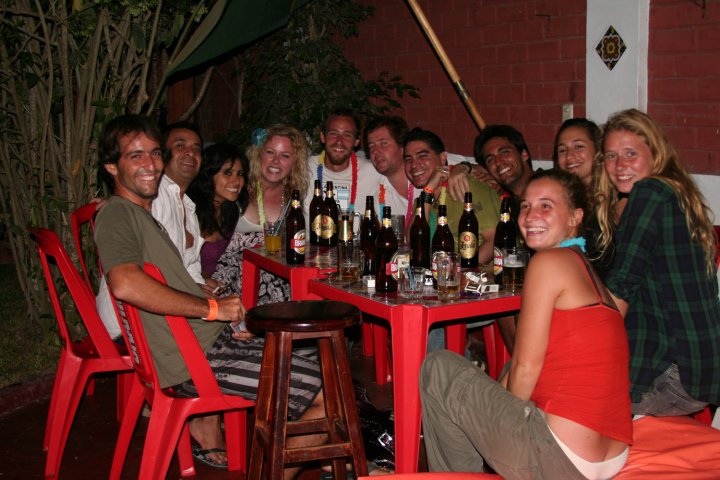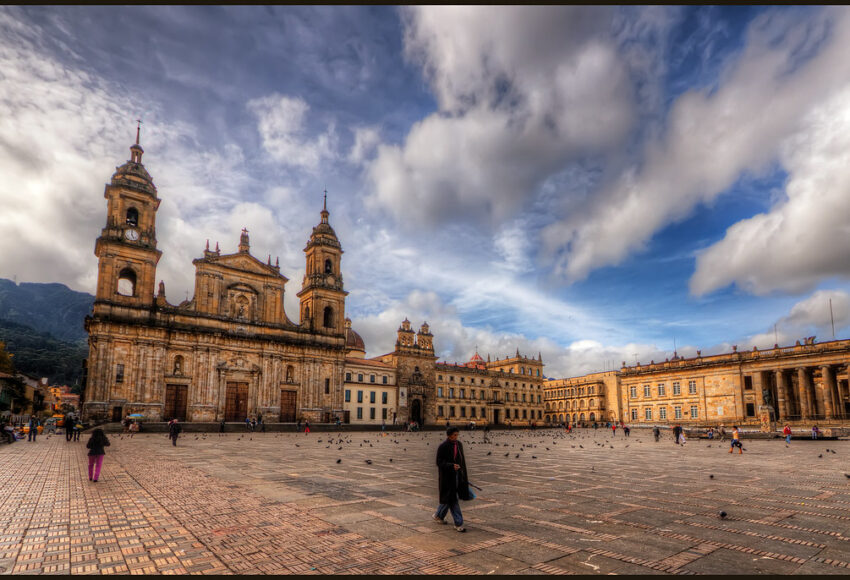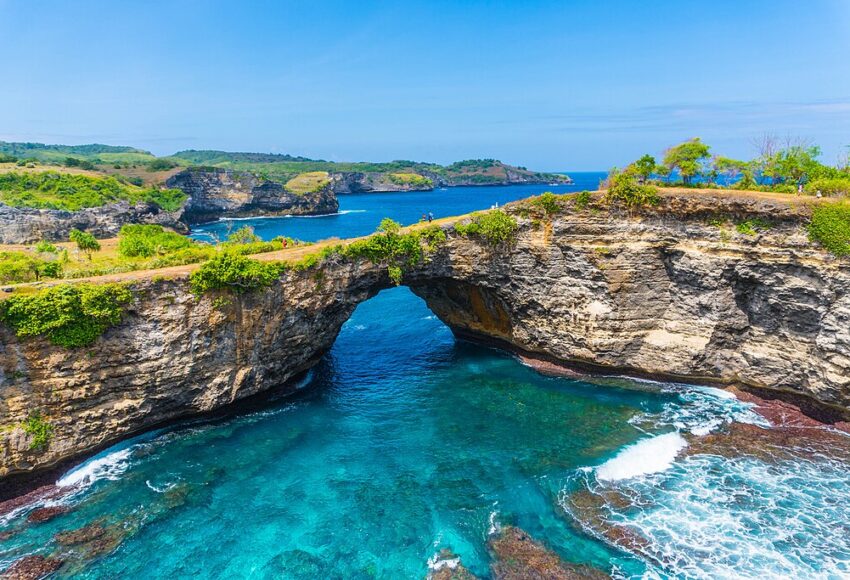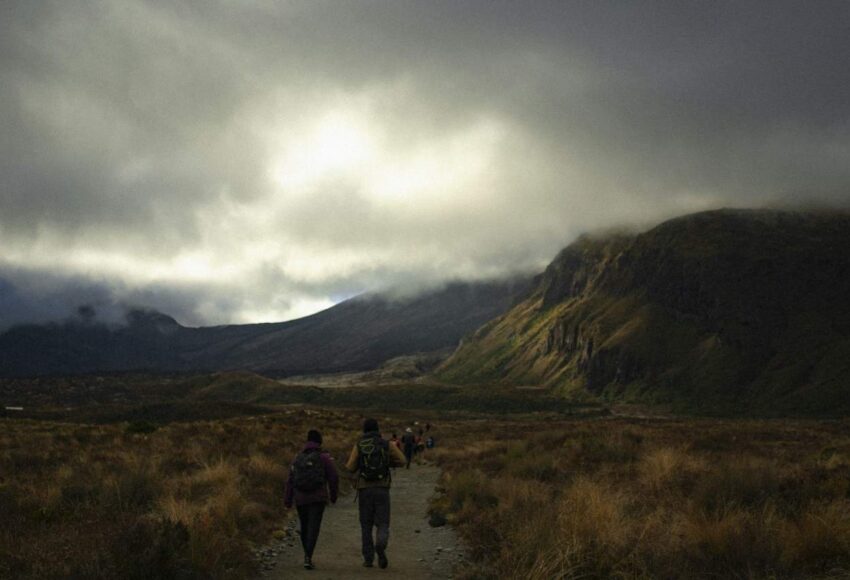Istanbul is Turkey’s most populous city. The city is located on both sides of Bosphorus, a narrow strait joining the Black Sea with Sea of Marmara. The city was at first an outpost of the Romans and then it became capital of Byzantine Empire. It was founded by Emperor Constantine and had the name Constantinople. In the 15th century, it became a part of the Ottoman Empire. Constantinople was officially renamed Istanbul in 1930.
The city boasts of rich historical heritage dating back thousands of years. There are several places and historical sites in and around the city which is the best places in Istanbul.
• The Sultan Ahmed Mosque
The Sultan Ahmed Mosque, commonly called the Blue Mosque, was built in the early 17th century by Sultan Ahmed I. It has six minarets, a madrasah, and a hospice. The legend goes that the Sultan wanted the minarets to be made of gold. The Turkish word for gold is latin but his architect heard alti which means six and thus built the six minarets.
• The Süleymaniye Mosque
Süleymaniye Mosque was built in the mid-sixteenth century and is the second largest mosque in Istanbul. It was built on the order of Sultan Süleyman. It has four minarets and though it is not the largest of the mosques that the Ottomans built, it is certainly the most beautiful. From the garden behind the mosque, one can see a magnificent view of the Straits of Bosphorus.
Topkapi Palace is a lavish palace of the Ottoman Sultans built in 1461 CE by Mehmet I. It was converted into a museum after fall of the Ottoman Empire and the establishment of the Republic of Turkey. It is notable for its architecture and providing a view of the opulent lifestyle of the sultans. Topkapi Palace is now the most popular museum in Istanbul with three million visitors every year making it one of the best places in Istanbul to visit.
• Hagia Sophia
Hagia Sophia or Church of Holy Wisdom is a 1,500-year-old building in the heart of Istanbul. For the first 1,000 years of its existence, it was a church and used during coronation ceremony of Byzantine emperors. After Mehmed the Conqueror captured Constantinople it became a mosque. In 1934 Turkish President Kemal Ataturk ordered that it be converted to a museum.
The Grand Bazaar is one of the largest and oldest markets in the world. It began as a warehouse in the 15th century and became a colorful and chaotic marketplace where vendors jostle with each other to hawk their ware.
It is one of the most surprising tourist attractions of Istanbul. The vast hall supported by 336 columns built in 12 rows was once the water reservoir of the Byzantine emperors.
• Hippodrome
The Hippodrome, a circus arena which was the social and sporting center of ancient Constantinople. It was a horse racing track but it was not only used for chariot races but also for various ceremonies and parades. The construction of the Hippodrome was begun by Emperor Septimus in 203 CE and its construction was completed during the rule of Constantine the Great more than a century later.

